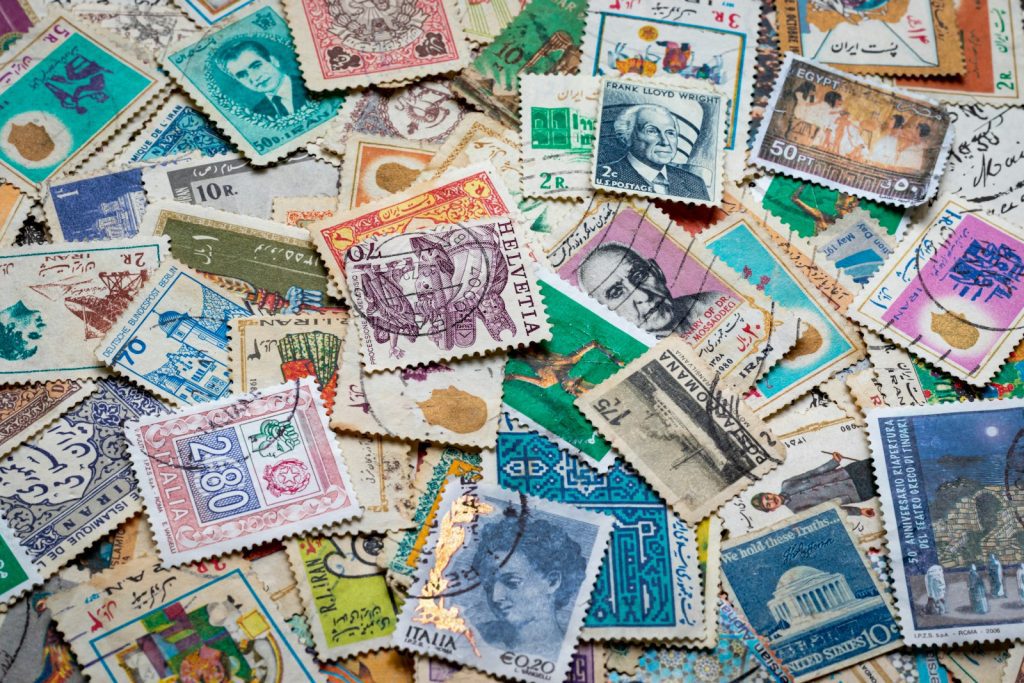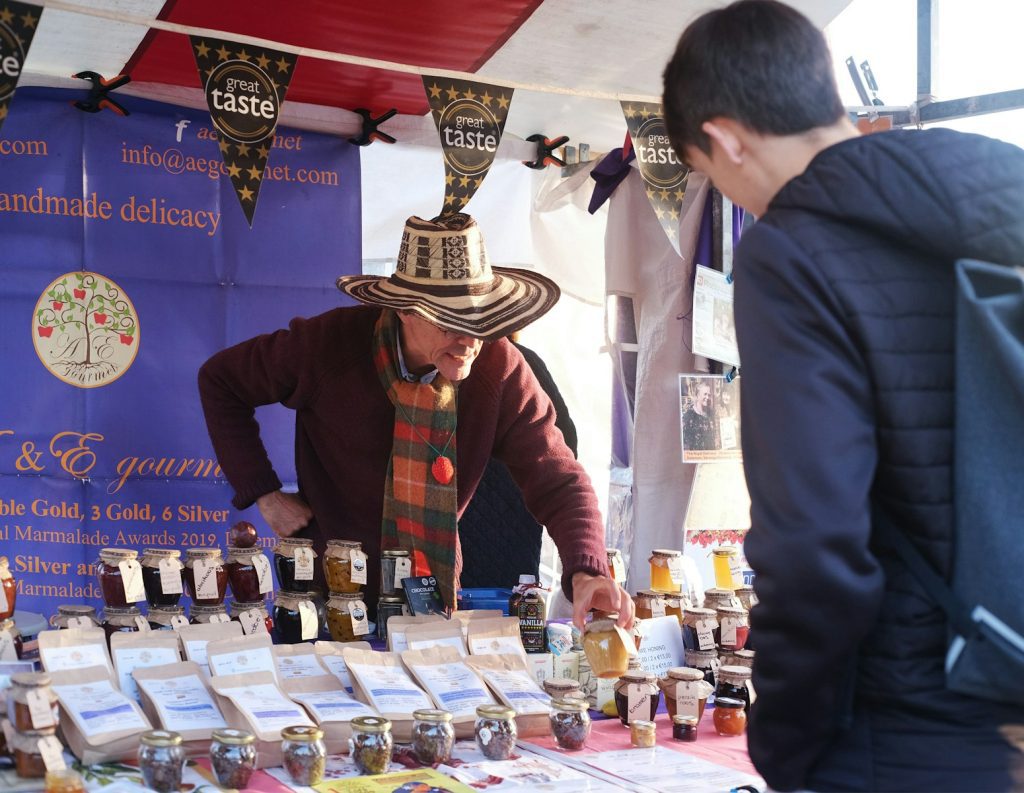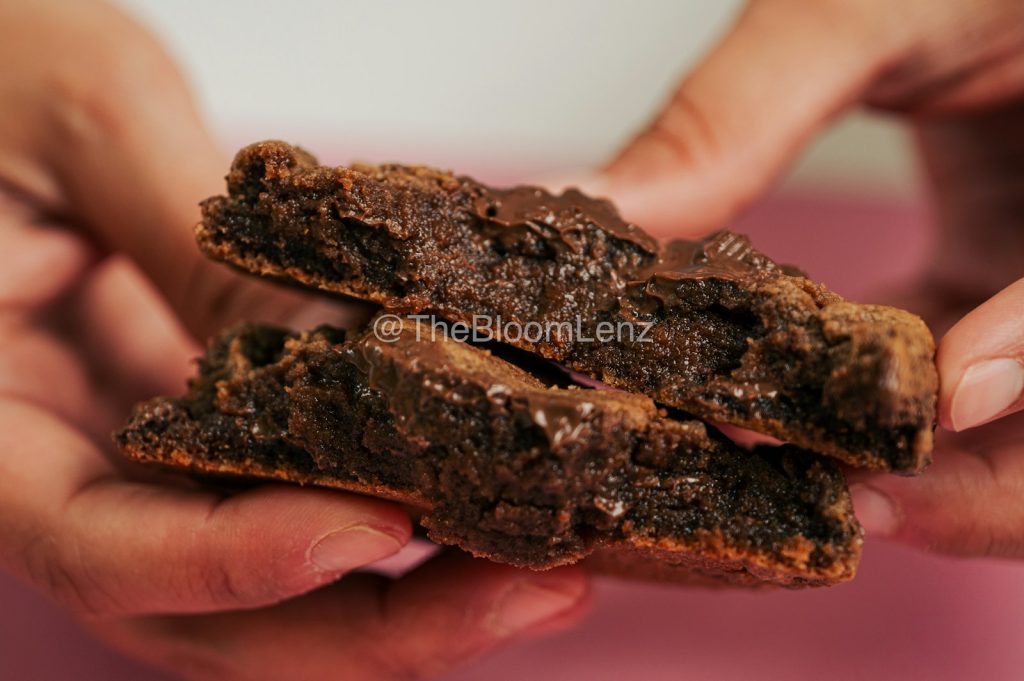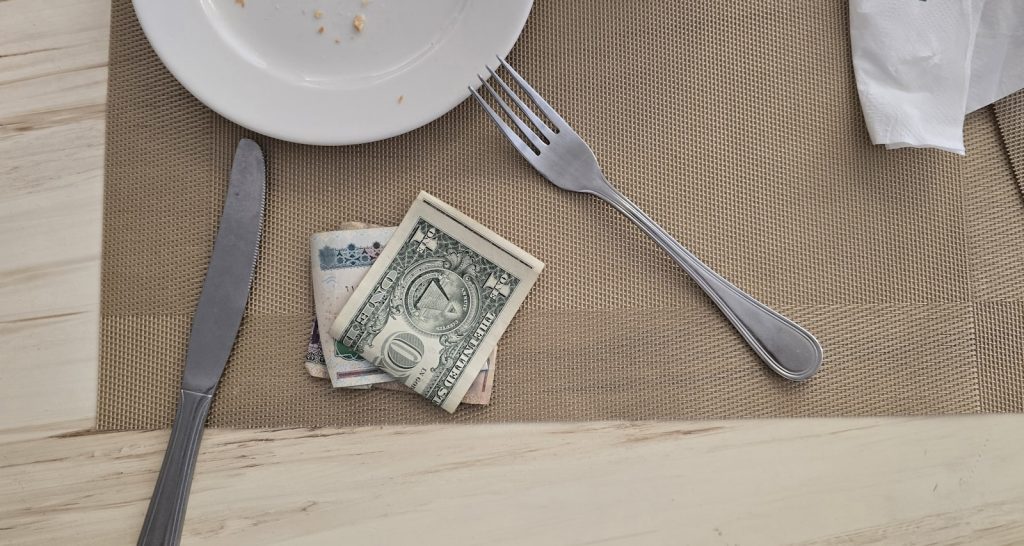If you’ve held onto old marbles from childhood or stumbled across a dusty jar in the attic, you might be wondering if they’re worth anything. Not all old marbles have high value, but certain handmade, rare types can be worth hundreds or even thousands of dollars. Identifying those valuable pieces comes down to checking their material, size, patterns, and whether they have unique features like animal figures or gold veins. I’ve learned that antique marbles often have thick glass or clay walls, distinct swirls, or markings that set them apart from common modern marbles. Sometimes, a small detail like a spiral design or the presence of a hand-painted core makes all the difference. Knowing a few simple ways to spot these qualities can help you decide if your collection holds hidden treasure.
In this post, I’ll walk you through how to quickly evaluate your marbles and what to look out for. Whether you have just a few or a full collection, understanding what makes a marble valuable is the first step in discovering if your old marbles are more than just childhood memories. For detailed tips on identifying antique marbles and their value, check out the antique marbles identification guide.

What Makes Old Marbles Valuable?
When I look at old marbles, I consider several key things that affect their value. Some marbles become valuable because they are rare or in excellent condition. Others stand out due to their size, unique designs, or the historical period they come from. Understanding these factors helps me figure out which marbles are worth more in a collection.
Rarity and Scarcity
Rarity is a huge factor in determining marble value. If a marble was made in limited numbers or with difficult techniques, it usually becomes more sought after. For example, Lutz marbles with gold veins or Sulphide marbles featuring embedded figurines are rare and prized among collectors.
Scarcity also depends on how many of those marbles have survived in good condition. Even if many were made, if only a few have lasted, their value shoots up. Some old marbles from the 1700s or 1800s are so scarce that collectors will pay hundreds or even thousands for a single piece.
Condition and Surface Features
Condition plays a big role in marble value. I always check for chips, cracks, or fading. Clean surfaces with little wear boost a marble’s value significantly.
Surface features like bubbles, a pontil mark (a rough base from hand-blown marbles), or unique textures signal age and craftsmanship. Marble collectors look for these because they show the marble is handmade rather than machine-made.
Marbles with fully intact colors and well-preserved designs, like hand-painted stars or swirling bands, tend to fetch higher prices. Even small imperfections can cut the value by up to 5%.
Size and Unusual Designs
Size matters more than you might expect. Large marbles, around 25 to 35 mm, are rarer and typically worth more, often fetching up to $200 or more. Smaller marbles tend to be worth less, especially if under 12 mm.
Unusual designs catch my eye fast. Dual-colored or banded marbles, intricate swirl patterns, and animal figurines inside are often prized by collectors. Some designs, like the Onionskin marble with metallic spirals or multicolored end-of-day mosaics, are rarer and can raise the marble’s value significantly.
Provenance and Historical Era
Knowing where and when a marble was made can add to its value. For example, marbles with ceramic or clay walls from the 1800s, especially those hand-painted, often bring higher prices than more common glass marbles from the 1900s.
Marbles from notable collections or famous manufacturers like Kokomo or Akro Agate are in better demand. Provenance linking a marble to a specific era, like hand-blown glass marbles from the 1700s with pontil marks, can make a big difference.
Collectors often value marbles with documented histories or distinctive features identifying their origin.
How To Tell If Your Marbles Are Valuable
Figuring out if your marbles hold value means looking closely at their make, marks, materials, and patterns. Things like whether they were made by hand or machine, the presence of certain surface features, and the type of glass or clay can all impact worth.
Identifying Handmade Versus Machine-Made Marbles
Handmade marbles often show small imperfections like uneven shapes or bubbles in the glass. They may have thicker walls and the glass sometimes feels heavier or denser. Machine-made marbles, especially post-1900s, tend to be perfectly round with smooth finishes and fewer flaws.
One key giveaway is the presence of a pontil mark, a rough scar left where glass was detached from the rod during handmade production. If it’s visible, your marble is likely antique or vintage.
Clay marbles, such as old Bennington marbles, were handmade using earthy materials and have a heavier, gritty feel compared to modern glass ones. I look for these clues to tell if a marble leans toward valuable handmade types like sulphide marbles or classic aggies.
Spotting Pontil Marks and Other Telltale Signs
Pontil marks are one of the clearest signs of handmade marbles, appearing as a small rough patch or circular indentation. Not all antique marbles show this, but when present, it’s a strong indicator of age and craft.
Other signs include bubbles trapped inside the glass, a hammered or crude textured surface, or slight deformities in shape. These signs suggest the marble wasn’t mass-produced.
Also, examine the size. Larger marbles (over 25mm) are often more prized. For example, sulphide marbles with animal figurines inside often have a frosted or bubbled surface and can be quite valuable depending on condition.
Examining Patterns and Swirl Types
Pattern type plays a huge role in value. Swirl marbles often command higher prices, especially divided core swirls, ribbon core swirls, or banded swirls. These have vibrant, multi-colored veins that add to their uniqueness.
Certain marbles, like Lutz or onion skin marbles, feature metallic or spiral finishes and are sought after due to their rarity. Clambroths, with distinct white cores and colorful swirls, are collectible too.
Simple solid core swirls or opaque marbles exist but usually aren’t as valuable unless they’re very old. German swirl marbles often have painted stars or floral patterns and can be quite collectible. I always check closely for these signature patterns before deciding value.
Recognizing Common Versus Unique Materials
The material of a marble immediately gives clues to its age and value. Stone marbles, such as agates and jades, tend to be the oldest and most valuable, often handmade and dense.
Clay or ceramic marbles, like Benningtons, signal antique pieces that are heavier and more fragile. Glass is the most common material, but antique glass marbles are thicker and may contain trapped bubbles or metallic flakes, unlike common cheap plastic ones.
There are also unique materials like alloyed steel, mica, or porcelain used in specialty marbles but these tend to be less common. Testing a marble’s sound by tapping it gently against a hard surface can help; a ringing tone usually indicates glass rather than plastic imitations.
Recognizing Collectible Types, Brands, and Marbles
When I look at old marbles, I focus on identifying their origins, styles, and makers because these factors influence their value. Knowing the key manufacturers and distinctive marble types helps me separate collectibles from common pieces. I also watch for unique named varieties and stay alert to modern reproductions that mimic antique marbles.
Famous Manufacturers and Glass Artists
Some manufacturers stand out in the marble world for their craftsmanship and history. Companies like Akro Agate, Peltier Glass Company, and Christensen Agate are top names to know. Akro Agate is known for machine-made marbles with sharp colors and patterns.
The German glassmakers are especially famous for their handmade German marbles, prized for intricate designs. Among them, F. Christensen was well-known for quality production.
I also pay attention to brands like Marble King and Vitro Agate, which contributed significantly to marble manufacturing. Collectible marbles often bear subtle marks or patterns tied to these makers, which can help me pinpoint their origin and era.
Most Sought-After Marble Types
Certain marble types have higher demand because of rarity or craftsmanship. I look for end-of-day marbles, which are made from leftover glass and often display mosaic-like patterns. Their vivid colors and large size make them collectible.
Onionskin marbles, especially the end of days onionskin marble and onionskin blizzard marble, have a distinct metallic swirl pattern, making them stand out. The opaque Lutz marble, with its golden veins, is another that commands attention.
I also hunt for marbles like the single gather confetti mica marble, which features tiny colorful flecks inside clear glass.
For figurative pieces, the single pontil birdcage marble is prized, featuring a frosted bubble surrounded by clear glass. Lastly, black and white color combos like the black and white navarre marble are classic collectibles.
Understanding Unique Named Marbles
Some marbles are famous by name due to their design, history, or rarity. For example, Lutz marbles are recognized for their shimmering, golden veined cores and come in green, pink, or yellow tints.
Sulphide marbles include animal or object figurines inside, setting them apart as collectible rarities. These tend to be larger, with frosted or bubble surfaces.
I also appreciate the appeal of core swirl marbles with painted stars or floral designs, reflecting artistry rather than mass production.
Knowing these names helps me communicate with other collectors and evaluate my own marbles. Watching for those distinctive features and names guides my decisions on what is truly valuable.
Modern Reproductions and Fakes
It’s easy to get fooled by modern reproductions that look like antiques. Many contemporary manufacturers make marbles mimicking old styles, often with perfect finishes and no wear.
I look for signs like uniformity, bright colors without age marks, and lack of the distinctive imperfections antique marbles usually have, like bubbles or pontil marks.
Beware of marbles made from plastic rather than glass, which can resemble vintage clay or wood marbles but sound hollow when tapped.
Researching makers and consulting collectors’ guides helps me avoid overpaying for fakes. Websites offering detailed identification tips are also useful when I want to be sure about a marble’s authenticity. For more help on identifying antique and collectible marbles, this antique marbles identification and value guide covers these points well.
Tips for Marble Collectors and the Current Market
Getting started with marble collecting means paying attention to how you organize your collection, understanding the games and culture around marbles, and knowing the best ways to sell or appraise your treasures.
Keeping track of key details about your marbles and staying connected with other collectors helps you build a meaningful and valuable collection.
Building and Organizing a Marble Collection
When I started collecting marbles, I quickly learned that good organization makes all the difference. I sorted mine by type, size, and material, labeling each with its origin or any unique features. Using small containers or display cases with compartments keeps marbles safe and easy to view.
I also keep a detailed inventory, noting details like diameter, style (like swirl or onionskin), and estimated value. This helps me track which marbles might be rare or worth more if I decide to sell.
Joining marble collector groups online or local clubs has been helpful for identifying marbles and learning about market trends. It also makes finding rare marbles easier through swaps or auctions.
Popular Marble Games and Culture
Marble games have been a big part of why I enjoy collecting. Classic games like “Ringer,” where players shoot marbles to knock others out of a circle, are still popular. Knowing these games connects you with the culture and history of marbles.
Small marbles, often used as shooters, are sought after for play and collection. Some marbles have unique designs or textures that give clues about their age or origin.
The cultural side goes beyond games; different regions developed their own marble styles and traditions. For example, German and American marbles often have distinct coloring and manufacturing marks, which makes collecting even more interesting.
Selling and Appraising Your Marbles
If you want to sell or know the value of your marbles, the current market prefers rare, hand-blown marbles with distinctive designs. Prices can vary based on size, material, and condition.
Professional appraisals are useful, but I also check auction sites and collector forums to compare prices. Documenting marble features—like swirl style, core type, and any maker marks—can increase value.
Presentation matters too. Marbles stored in original packaging or displayed in metal tins tend to be worth more than loose or damaged ones. Patience pays off because the market fluctuates as trends shift among marble collectors.
For more detailed insights on the market and collectible types, seeing an antique marbles identification and value guide has been helpful.














